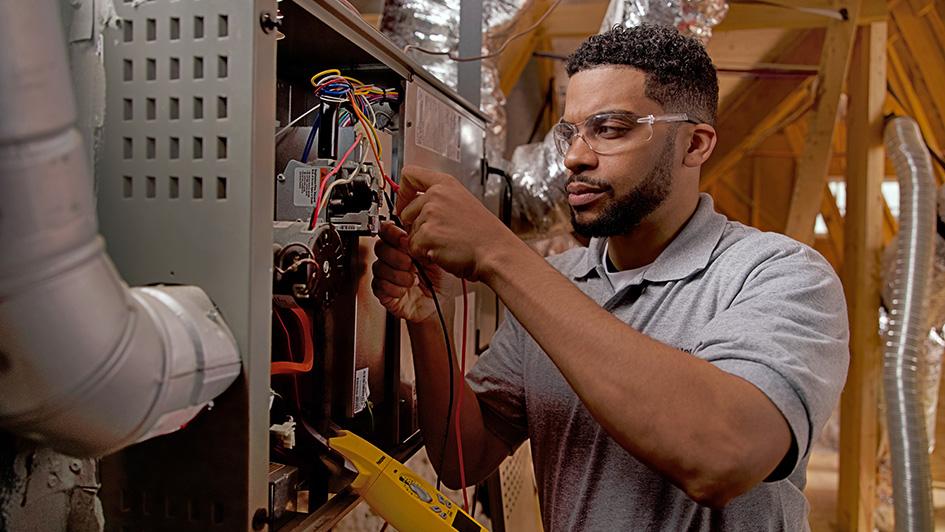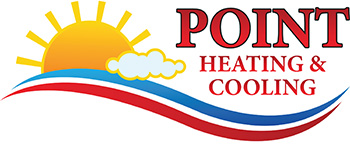
A furnace is often a background player in your home, keeping you warm in the cold winter months. It frequently doesn’t get noticed until a malfunction appears.
One root cause may be that your furnace has a cracked heat exchanger. It’s a potentially dangerous issue, so it’s important to familiarize yourself with the evidence of a cracked heat exchanger and what you can do if you are worried that might be the problem.
What Is a Heat Exchanger in a Furnace?
A heat exchanger transfers heat from the combustion chamber in your furnace to the air that circulates throughout the system. It typically handles this using coils or tubes that heat up the air while acting as a barrier to keep gas created in the combustion chamber, called flue gasses, from getting out into your home.
Is a Cracked Heat Exchanger Dangerous?
Because of its central role, it isn't surprising that a damaged heat exchanger can pose a risk. A damaged heat exchanger can enable dangerous gasses – such as carbon monoxide, which can be lethal – to flow throughout your home.
For that reason, do NOT run your heater if you suspect there's a crack in the heat exchanger, as doing so could make the entire family sick. Contact an HVAC professional as soon as possible if you believe your heating has a cracked heat exchanger that needs to be repaired.
Four Warning Signs of a Cracked Heat Exchanger:
- Furnace turns off: A crack in your heat exchanger can cause your furnace to switch off.
- Odd Smells: If the air leaving your furnace has an intense chemical scent, it may be an indicator that gasses are slipping through cracks in your heat exchanger. These byproducts, which can smell like formaldehyde, are a common warning sign.
- Carbon monoxide alarm is triggered or you feel symptoms of poisoning: If a cracked heat exchanger is releasing carbon monoxide into your home, your carbon monoxide alarm should go off or family members could experience signs of carbon monoxide poisoning. Side effects include headaches, dizziness, weakness, nausea, vomiting or feeling drowsy. If an alarm goes off or you feel unwell, leave the home right away and then call for help.
- Soot: If you notice black sooty buildup on the exterior of your furnace, it’s more evidence something may be seriously wrong.
What to Do if a Furnace Heat Exchanger is Cracked
If you worry your furnace has a cracked heat exchanger, call a professional with extensive experience in furnace installation Plover right away so they can take a look at your system and, if necessary, perform a furnace heat exchanger replacement. Costs often fluctuate depending on the situation, but estimates run in the neighborhood of $1,000 to $3,000.
Estimates aside, the good news is that heat exchangers are regularly protected by the warranty. You should check the warranty paperwork on your furnace, since while the warranty may not cover the entire cost of repairs, it still may significantly shrink your bill.
How to Prevent a Cracked Heat Exchanger in Your Home
One of the easiest ways to prevent a problem in your furnace overall is via regular furnace maintenance. Furnaces provide the best possible return on investment when they work efficiently. Contacting a certified professional to inspect your furnace for old parts, dirty filters and other potential problems can help you avoid getting a big bill later on.
It’s also helpful to inspect your furnace filters every few months – it’s encouraged some filters be changed every 90 days or sooner if they are dirty or grimy. While the filters aren't connected to the heat exchanger itself, the strain of drawing air through a clogged filter makes your entire furnace work more vigorously to complete its job. And the harder your furnace needs to run, the more strain components like the heat exchanger will experience.
